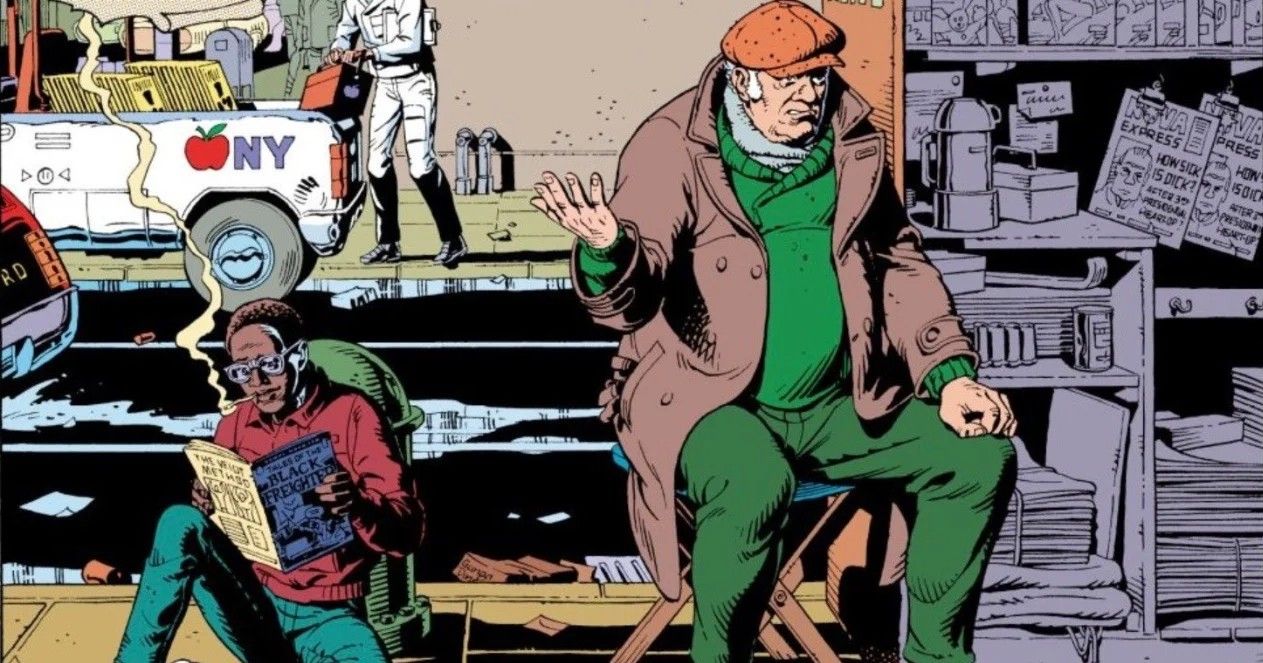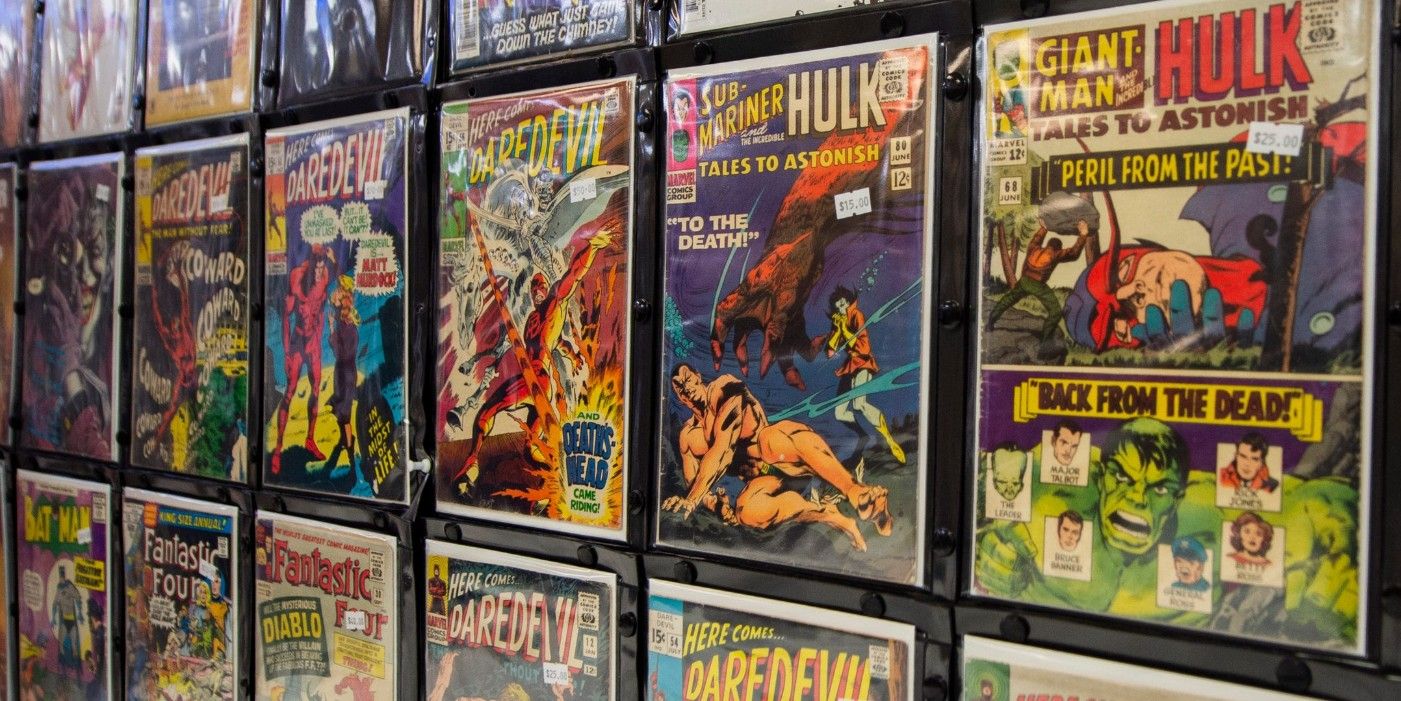Decades ago, comic books were one of the most visible mediums even before their properties did billions in the box office. Now, individual single-issue comic books have been relegated almost entirely to the comic book shop. What changed?
Before the advent of the comic book shop, comic books were primarily sold at newsstands alongside other magazines and periodicals. They could be purchased at grocery stores, gas stations, bookstores as well as the traditional newsstands. This made them extremely visible in the eyes of the public since there were tens of thousands if not hundreds of thousand outlets selling comic books. The key issue, however, was returnability. Under this model, comic book companies like DC and Marvel would sell through the newsstand companies, with the unsold issues being returned at the end of every month. The direct market addressed this issue by selling non-returnable issues directly to the comic book shop, with the unsold issues forming the backbone of the burgeoning back issue market at the time.
The profits from the direct market model soared. No longer did publishers have to worry about a large number of unsold merchandise cutting into their margins. The direct market model, which started in the '70s, eventually gave way to the comic book industry today, with Diamond Comic Distributors the sole distributor, while the newsstand model became less and less utilized until it faded into obscurity. Unfortunately, this approach has, over time, given way to its own host of problems.
While the newsstand sales were often inconsistent, they did succeed in bringing new readers regularly, often directly benefitting comic book shops in the process. When the newsstand gradually faded away, however, it took with it the steady stream of new readers. To make matters worse, the rise of graphic novels and digital comic book sales have also slowly eaten away at the back issue market. As a result, comic book shops have begun to close their doors, isolating some new readers simply by geography.
Still, with the current COVID-19 quarantine calling into question the industry's reliance on Diamond, it might be the perfect time to reconsider the newsstand model. It's important to understand that the newsstand model has a symbiotic - not parasitic - relationship model with comic book retailers. No grocery store can match the sheer selection of a fully-stocked comic book shop, but the presence of a few flagship titles could be sufficient to bring much-needed new readers into the comic book shops regularly. At the very least, when comic book movies finally return to the box office, there's no better time to bring superhero titles back to the grocery store aisle.
Next: How the Coronavirus is Changing the Comic Book Industry?


